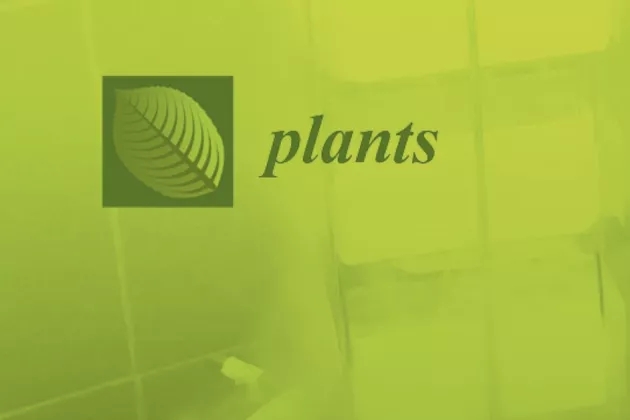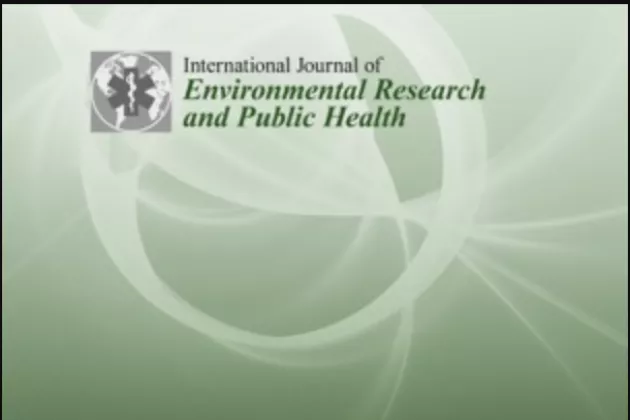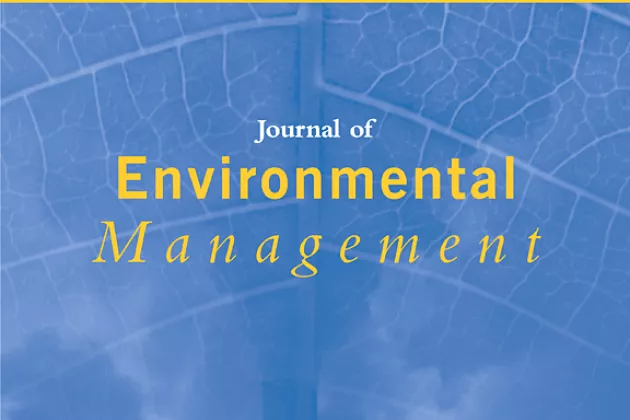Heavy metal (HM) accumulation in soil and plants can occur when water contaminated with HMs is used as a source of irrigation (El-Salam Canal, Egypt). In this study, the effect of watering potato crop in sandy soil from a polluted water source under flood irrigation (FI), sprinkler irrigation (SI), and surface drip irrigation (DI) on the transport of the HMs copper (Cu), manganese (Mn), lead (Pb), and zinc (Zn) in the root zone was experimentally investigated. HM concentrations in potato plant parts was also determined. The field experiments were conducted in a completely randomized block with three replicates for each irrigation method by using nine field lysimeters. Soil and plant samples were collected at the end of the growing season to determine their HM content. The results showed that regardless of irrigation method, irrigation with HM contaminated water raised HM concentrations in both soil and potato plants. DI produced the highest concentrations of most HMs (Cu, Mn, and Pb) in the upper soil layer (0–40 cm) and highest Cu, Pb, and Zn concentrations in plant tubers as well. Maximum Zn concentration in the upper soil layer and maximum Mn concentration in plant tubers occurred under SI. The maximum concentrations of Cu, Mn, Pb, and Zn in both the upper soil layer and plant tubers were 12.0, 140.0, 11.6 and 67.9 mg/kg and 6.3, 9.4, 2.3 and 23.9 mg/kg, respectively. However, FI produced the highest concentrations in the deep soil layer (40–60 cm) and the least concentration of HMs in plant tubers. These concentrations were 18.8, 203.8, 13.3 and 70 mg/kg and 4.0, 6.0, 0.6 and 17.1 mg/kg in soil and plant tubers for Cu, Mn, Pb, and Zn, respectively. The maximum concentrations of HMs in soil and potato plants were lower than the maximum permissible limits. Therefore, El-Salam Canal water appears not to be harmful in the short term. However, as shown in the results, HM accumulation depends on irrigation technique; thus, more studies are needed to determine harmful effects in the long term.
Crop Irrigation with Heavy Metal Polluted Water in Egypt

CMES Deputy Director Ronny Berndtsson has co-authored the article "Can Potato Crop on Sandy Soil Be Safely Irrigated with Heavy Metal Polluted Water?" together with Tarek Selim (Port Said University), Samah M. Elkefafy (Suez Canal University), Mohamed Elkiki (Port Said University), and Ahmed A. El-kharbotly (Suez Canal University). The article is available in the journal Water.




